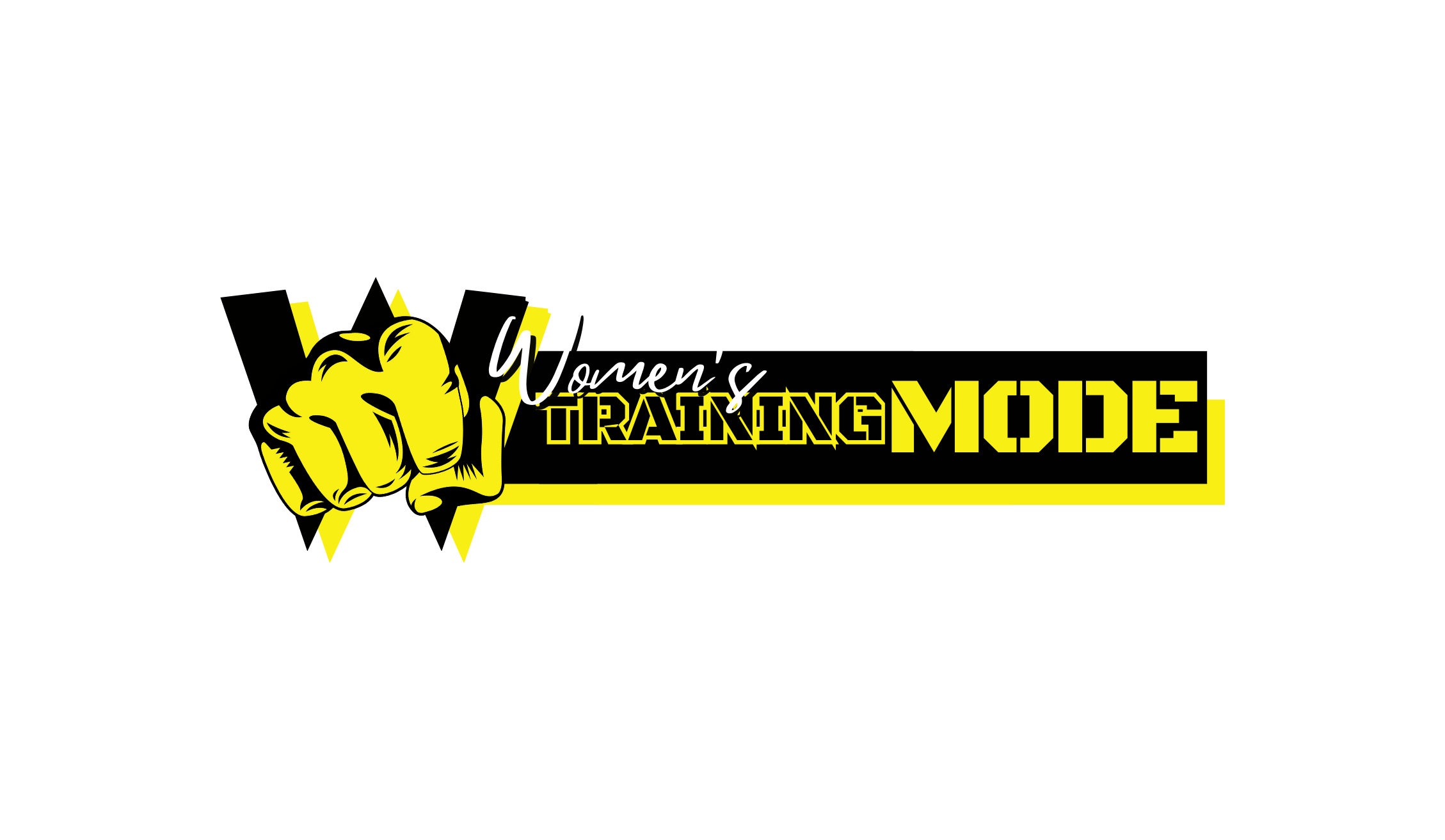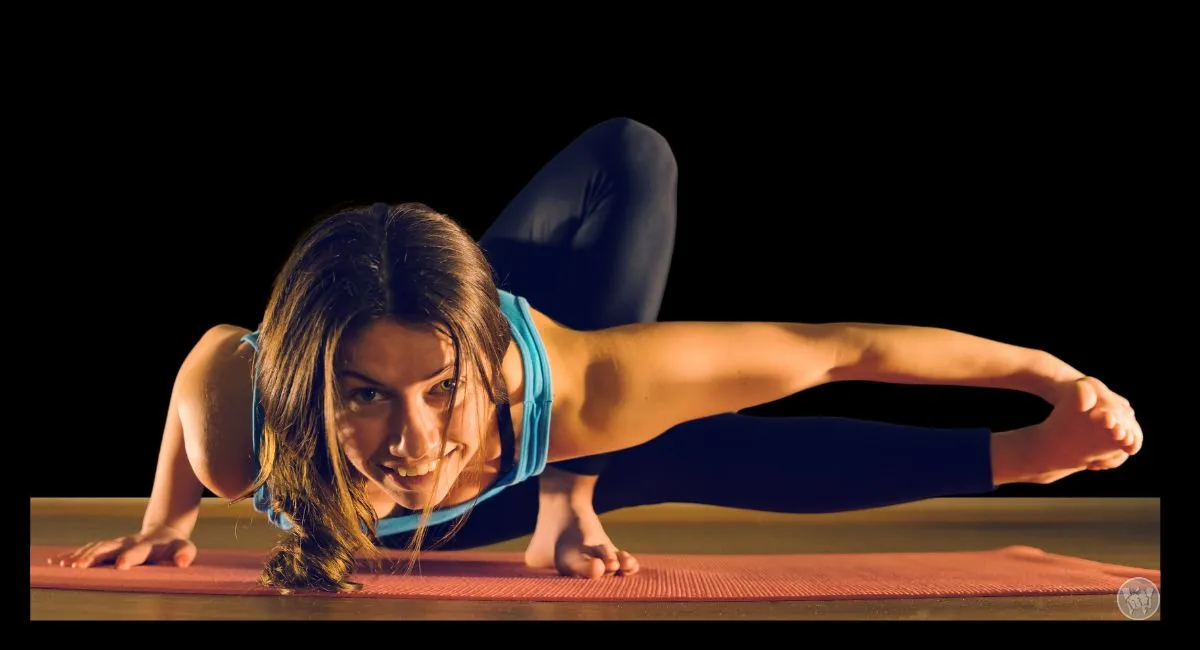Neck humps, also known as dowager’s humps, can affect your posture and health. This guide offers exercises to improve your posture, ease pain, and strengthen your upper back and neck.
By adding these exercises to your routine, you can work towards better alignment and a more confident stance.

Key Takeaways
- Neck humps can negatively impact posture and overall health
- Effective exercises can help improve posture and alleviate neck hump issues
- Targeting the upper back and neck muscles can strengthen and support better alignment
- Incorporating neck hump exercises into your routine can lead to a more confident, upright stance
- Addressing neck hump through exercise is a proactive step towards better posture and well-being
What is a Neck Hump?
A neck hump, also known as a dowager’s hump, is a bump at the base of the neck. It can happen for many reasons, like bad posture, aging, or muscle imbalances.
People with a neck hump might feel pain, stiffness, and struggle to stand straight.
Causes and Symptoms
The main reasons for a neck hump are:
- Prolonged poor posture, often from too much time hunched over devices.
- Osteoporosis, which weakens bones and can cause a hump at the neck base.
- Muscle imbalances, where neck and upper back muscles get tight, and front neck muscles get weak, forming a hump.
Symptoms of a neck hump include:
- Neck and upper back pain or discomfort
- Stiffness and less movement in the neck
- Hard time keeping the head straight and balanced on the spine
Impact on Posture and Health
A neck hump can really affect your posture and health. When your head isn’t aligned with your spine, it puts extra stress on your neck and upper back. This can lead to long-term pain and discomfort.
It can also cause other posture problems, like rounded shoulders and a curved spine. These issues can harm breathing, circulation, and even organ function.

It’s important to tackle a neck hump to keep good posture and health. Knowing the causes and symptoms helps people take action to fix this issue and improve their health.
The Importance of Stretching for Neck Hump
Adding neck hump stretches to your daily routine is key. These stretches help lengthen muscles and tissues in the upper back and neck. This can improve alignment and make the neck hump less noticeable. Gentle stretches can also boost flexibility, ease pain, and prepare you for stronger exercises.
Stretching has many benefits for those with a neck hump. It can:
- Improve range of motion in the neck and upper back
- Reduce muscle tension and tightness that contribute to the neck hump
- Enhance posture and spinal alignment
- Alleviate pain and discomfort associated with the neck hump
- Prepare the body for more challenging strengthening exercises
By making the importance of stretching for neck hump a regular part of your routine, you can improve your posture and overall health. Include a variety of gentle neck hump stretches in your daily or weekly routine. Be patient as you work to increase your flexibility and reduce the hump’s appearance.
| Stretch | Benefits | Duration |
| Chin Tucks | Lengthens the muscles in the back of the neck, improving posture | 10-15 seconds, 3-5 reps |
| Neck Rolls | Increases mobility and flexibility in the neck and upper back | 5-10 slow circles in each direction
|

Neck Hump Exercises for Improved Posture
Adding neck hump exercises to your daily routine can change your posture for the better. Chin tucks and neck rolls are two great exercises.
They work on the neck and upper back muscles.
Chin Tucks
The chin tuck is a simple yet powerful exercise. It strengthens the neck’s front muscles. Sit or stand tall, then gently pull your chin back, like making a double chin.
Hold this for a few seconds, then release and do it again. You can do this all day to help your neck stay straight.
Neck Rolls
Neck rolls are another great exercise for neck hump. They stretch and move the upper back and neck. Start with good posture, then roll your head in a circle.
First, roll to the right, then down, then to the left, and finally back up. Keep the movement smooth and controlled. Avoid jerky movements that could hurt your neck.
Doing these chin tuck exercises and neck roll exercises daily can help reduce the neck hump. Start with a comfortable range and slowly increase the intensity and time as you get better.
Strengthening Exercises for Neck Muscles
Stretching is just the start to fix a neck hump. Neck muscle exercises are key to building strength and stability. By focusing on the upper back and neck, you can straighten your posture and lessen the neck hump.
Isometric Neck Exercises
Strengthening exercises for neck are a top choice for neck and upper back muscles. These exercises involve holding a position without moving. This builds muscle strength and endurance.
- Chin Tuck: Sit or stand up straight, then pull your chin back to make a double chin. Hold for 5-10 seconds, then relax and do it again.
- Neck Resistance: Put your hand on your forehead and push your head back. Hold for 5-10 seconds, then switch sides and repeat.
- Lateral Neck Flexion: Slowly tilt your head to one side, trying to touch your ear to your shoulder. Hold for 5-10 seconds, then switch sides and repeat.
Adding these isometric neck exercises to your routine can strengthen your neck muscles. Start with a comfortable level of resistance. Then, increase the duration and intensity as you get stronger.
Incorporating Neck Hump Exercises into Your Routine
Doing neck hump exercises regularly is crucial for lasting results and better posture. Add them to your morning routine, workday, or fitness plan. This way, you can reduce the neck hump and keep your posture in check.
Integrate into Your Morning Routine
Begin your day with neck hump exercises. Incorporate chin tucks and neck rolls into your morning. Do them before your shower, while brushing your teeth, or with your first coffee. This makes the exercises a daily habit, ensuring you don’t forget them.
Desk-Friendly Exercises
If you sit a lot at work, make neck hump exercises a part of your workday. Use reminders on your phone to do simple exercises like isometric neck holds. This fights the effects of sitting and leaning over a computer all day.
Incorporate into Your Fitness Regimen
If you already exercise, add neck hump exercises to your workout. Do them before or after your strength training. A few minutes of these exercises can improve your posture and reduce the neck hump over time.
By making neck hump exercises a habit, you’ll see big improvements in your posture and overall health.
Neck Hump Exercises for Office Workers
If you sit at a desk a lot, certain neck hump exercises can really help. These easy stretches can fit into your workday. They help fight the effects of sitting too long and bad posture.
By doing these desk exercises for neck hump regularly, you can lessen your neck hump. Plus, you’ll improve your posture.
Desk-Friendly Neck Hump Stretches
Here are some desk-friendly neck hump stretches for your daily routine:
- Chin Tucks: Sit up straight and gently tuck your chin towards your chest. You’ll feel a stretch in your neck’s back. Hold for 10 seconds, then release and repeat.
- Neck Rolls: Roll your head in a circle, first clockwise and then counterclockwise. This eases tension in your neck and shoulders.
- Shoulder Shrugs: Raise your shoulders up towards your ears, hold for a few seconds, then release and repeat. It helps loosen tightness in your upper back and neck.
Make sure to take breaks during the day for these neck hump exercises for office workers. Adding these simple stretches to your day can boost your posture and reduce your neck hump.

Neck Hump Exercises for Seniors
As we age, the chance of getting a neck hump, or dowager’s hump, goes up. This is because of changes in our spine and weaker muscles. Luckily, there are special neck hump exercises for seniors to help. These exercises can ease discomfort, keep seniors independent, and improve their life quality.
One important posture exercise for older adults is the chin tuck. It strengthens neck muscles and fixes forward head posture, which can lead to a neck hump. Seniors should pull their chin back gently, feeling a stretch in the neck, and hold for a few seconds before releasing.
Neck rolls are also helpful. They improve neck mobility and reduce stiffness. Seniors should roll their head in a circle slowly, focusing on any tight spots. These neck hump treatment for elderly exercises can be done while sitting or standing, making them easy to fit into daily life.
Seniors should start slow and listen to their body when doing these exercises. Slow and steady progress is essential for lasting posture improvement and reducing neck hump appearance.
By focusing on neck hump exercises for seniors, older adults can stay independent, feel better overall, and have a more confident posture.
Neck Hump Exercises
Fixing a neck hump, also known as a dowager’s hump, needs a mix of exercises and lifestyle changes. We’ll look at different exercises to help with this condition and better your posture.
Chin Tucks
Chin tucks are a top exercise for a neck hump. Here’s how to do it:
- Sit or stand with your back straight.
- Gently pull your chin straight back, as if you’re trying to create a double chin.
- Hold the position for 5-10 seconds, then release.
- Do this exercise 10-15 times, several times a day.
Neck Rolls
Neck rolls stretch and loosen neck and upper back muscles. This can help with a neck hump. Here’s how to do them:
- Sit or stand with your back straight.
- Slowly tilt your head to one side, then roll it down and around to the other side.
- Repeat this motion in a gentle, controlled manner, avoiding any jerky movements.
- Do 5-10 neck rolls in each direction, several times a day.
Always listen to your body and stop if you feel sharp pain or discomfort. Being consistent is important for fixing a neck hump. Add these exercises to your daily routine for the best results.
| Exercise | Description | Benefits |
| Chin Tucks | Gently pulling the chin back to create a double chin | Strengthens neck muscles, improves posture |
| Neck Rolls | Slowly rolling the head in a circular motion | Stretches and releases tension in the neck and upper back |
Complementary Practices for Better Posture
While neck hump exercises are key for fixing posture, adding complementary practices can boost benefits. This part will look at how mindfulness and body awareness help with neck humps. We’ll share easy ways to add these to your daily life.
Mindfulness and Body Awareness
Practicing body awareness through mindfulness can greatly improve your posture. It helps you notice and adjust your body’s alignment. This way, you can keep good posture all day long.
- Meditation: Mindfulness meditation can make you more aware of your body’s position. Spend a few minutes each day focusing on your breath. Then, expand your awareness to your neck and spine’s alignment.
- Body Scans: Do body scans regularly, checking from head to toe for tension or imbalance. This body awareness helps you adjust your posture as needed.
- Posture-Focused Mindfulness: Practice mindfulness exercises that focus on your posture. Check your head, shoulders, and spine alignment at different times. This reinforces good posture habits.
Adding these complementary practices for posture can strengthen your mind-body connection. It leads to lasting improvements in your physical and mental health.
Preventing Neck Hump Relapse
To keep the benefits of neck hump exercises, you must stay committed. Make these exercises a regular part of your life. This way, you’ll keep your muscles strong and your posture improved.
It’s important to find and fix any problems that might lead to a neck hump. This could be bad ergonomics, too much sitting, or stress. Fixing these issues helps keep your neck hump-free and your posture good.
Practicing mindfulness and body awareness daily is also key. It helps you stay aware of your posture. By paying attention to how you sit and stand, you can keep your neck muscles strong. This mix of physical and mental exercises helps prevent a neck hump from coming back.
FAQ
What is a neck hump?
A neck hump, also known as a dowager’s hump, is a noticeable protrusion at the base of the neck. It’s often caused by poor posture or age-related changes in the spine.
How long after neck hump exercises will I see results?
The time needed to see results with neck hump exercises varies from person to person and depends on various factors, such as:
- Frequency and consistency of training
- Intensity and quality of the exercises
- Initial fitness level
- Genetics and body composition
However, here are some general guidelines:
Initial Results (4-6 weeks):
– Reduced neck hump appearance
– Improved posture
– Increased strength and flexibility of neck muscles
Intermediate Results (8-12 weeks):
– Significant reduction in neck hump
– Improved muscle definition in the neck
– Increased confidence and self-esteem
Advanced Results (16-24 weeks):
– Almost total elimination of neck hump
– Development of more defined and stronger neck muscles
– General improvement in posture and coordination
Remember that these timeframes are estimates and may vary depending on your commitment to training and your genetics.
Tips for speeding up results:
- Do specific neck exercises (such as neck bridges, neck stretches, etc.)
- Include general strength exercises (such as resistance training)
- Maintain good posture throughout the day
- Stretch regularly
- Consult a physical education professional for personalized advice.
What are the causes and symptoms of a neck hump?
Neck humps can be caused by muscle imbalances, osteoporosis, or poor posture. Symptoms include discomfort, stiffness, and trouble staying upright.
How does a neck hump impact posture and health?
A neck hump can worsen postural issues and harm your health if not treated. It can cause pain, discomfort, and make it hard to stay aligned.
Why is stretching important for addressing a neck hump?
Stretching regularly is key to tackling a neck hump. It helps lengthen muscles and tissues in the upper back and neck. This promotes better alignment and reduces the hump’s appearance.
What are some effective exercises for improving posture and reducing a neck hump?
Exercises like chin tucks and neck rolls are great for posture and neck hump issues. They strengthen the neck’s front muscles and stretch the upper back and neck.
How can isometric neck exercises help with a neck hump?
Isometric neck exercises build strength and stability in the upper back and neck. They target key muscle groups, improving alignment and reducing the hump over time.
How can office workers incorporate neck hump exercises into their routine?
Office workers can benefit from desk-friendly stretches and exercises. These can be done during the workday, helping counteract sitting and poor posture.
What are some tailored neck hump exercises for seniors?
As we age, the risk of a neck hump grows. This section offers gentle, effective exercises for seniors, tailored to their needs and concerns.
How can complementary practices like mindfulness and body awareness help with posture?
Mindfulness and body awareness exercises enhance the effects of neck hump exercises. They help individuals become more aware of their body and integrate exercises into daily life.
How can I prevent a neck hump from returning after addressing it?
Preventing a neck hump relapse requires ongoing effort. This section offers tips on maintaining posture, exercising regularly, and addressing factors that may lead to a hump.
Important note
This article aims to get you off the couch and living a healthy life. We want to give you information about how exercise can be an interesting part of a healthy lifestyle.
But the point is that what we’re sharing here is no substitute for a conversation with a health professional or personal trainer. Before embarking on an exercise routine, it’s a good idea to talk to a health specialist, especially if you have any health problems.
Everyone is different and what works for one person may not be the same for another. That’s why having a professional by your side is key to ensuring that you’re doing it safely and properly









